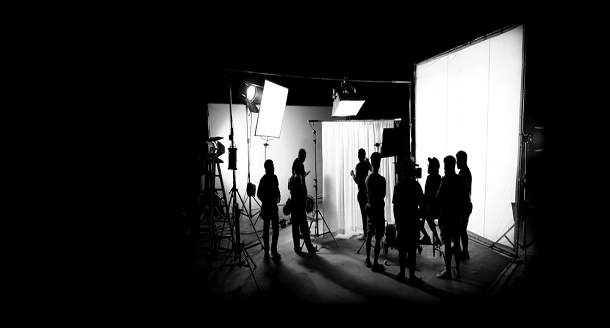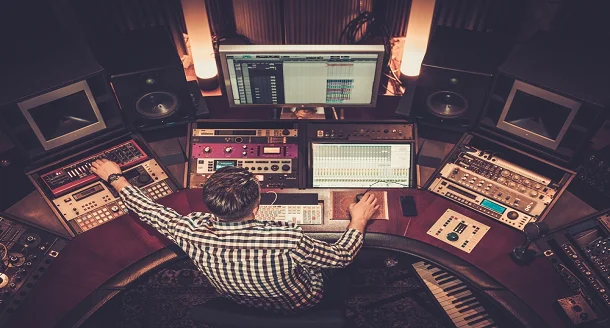
The Technological Evolution of Filmmaking and the Role of Cinematography. This article covers the evolution of filmmaking, starting with the invention of sound and light. After that, we’ll look at Digital technology and Special effects. We’ll also discuss the changing role of cinematography. In addition, you’ll learn how cinematographers have adapted to technological developments. Throughout the years, the film has evolved significantly. Several new technologies have come to replace older ones, such as the Dolby system.
Light use in filmmaking
Throughout the 1930s, there were three types of institutions that contributed to the advancement of technology in filmmaking. These were studios, large and small service firms, and professional organizations associated with the film industry. A survey of these sources shows how the industry changed as a result of technological innovations. The changes in technology largely depended on changes in society. New technologies were made possible by advances in science, technology, and business.
The development of digital technology has made it possible to adjust light and camera settings so that films look more realistic. For example, many movies today are shot with less light than their predecessors, allowing for more realistic effects. Some movies are also darker than those from the golden age. The application of colour has also changed to suit modern audiences. While bright colours are still popular, darker shades have become more common.
Sound technology in filmmaking
The technology used in filmmaking has undergone many changes. Movies have become longer and more complex, and the technology used in filmmaking has advanced at a steady pace. Some innovations came as early as 1923 when Lee De Forest demonstrated sound-on-film using a new process. The sound was captured by capturing variations in grey levels on a film strip. The sound was converted to an electrical signal by shining light from the soundtrack onto a photocell. However, sound movies were not widely popular in Hollywood. Then, in 1924, Western Electric showed a sound-on-disk system that employed the same electric motor that powered both the phonograph and the projector.
Sound technology also changed the process of filmmaking. The introduction of sound in movies changed the visual experience. This new technology made actors’ voices more audible to the audience. However, it also caused new challenges during filmmaking. It impacted shot selection as the microphones were unwieldy. The introduction of sound changed the way films were made and the way they were edited. The 1930s also saw the emergence of synchronized sound. Despite the introduction of sound, critics argued that this was not a good idea. This led to many changes in the process.
Digital technology
The use of digital technology in filmmaking has changed the way that movies are made. Many aspects of filmmaking are now digitized, including lighting, composition, camera movement, and effects. Creating an image with digital film files is quicker and easier than with traditional film. In addition, it is much safer and cheaper to work with. In some cases, digital film files even allow filmmakers to create their own special effects without re-filming the entire film.
With digital capture, the length of a scene is not constrained by motion-limiting lighting, allowing for more flexible takes. Digitally shot films can also use non-professional actors. Steven Soderbergh’s film Bubble used non-professional actors, and he dubbed the work of his crew as “site-specific cinema” as many scenes were shot at the actors’ homes. In addition to the new technology, digital filmmaking has also allowed filmmakers to experiment with different light situations.
Special effects in filmmaking
There are two main types of special effects in filmmaking: optical and mechanical. Optical effects are created in a camera with photographic or visual technology. For example, the USS Enterprise flying through space in the Star Trek series is a classic example of optical effects. Mechanical effects are accomplished during live-action shooting and involve using mechanized props, scenery, and pyrotechnics. In 2001: A Space Odyssey, the use of zero-gravity effects enabled the crew to shoot scenes in space.
The first major revolution in special effects came in the 1970s. In the recession years, many studio effects houses closed their doors. Consequently, many of the effects technicians were freelancing or starting their own effects companies, focusing on specific techniques. In fact, many of the biggest breakthroughs in cinematography and visual effects came from this period. Several films, including Star Wars, used this method to create more realistic effects.
Author Bio
Jesse Pinkman is a research-based content writer, who works for Cognizantt, a globally recognised wordpress development agency uk and Research Prospect, a Tjenester til at skrive afhandlinger og essays. Jesse Pinkman holds a PhD degree in mass communication. He loves to express his views on a range of issues including education, technology, and more.


